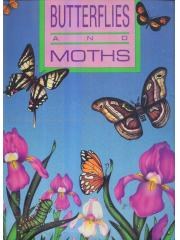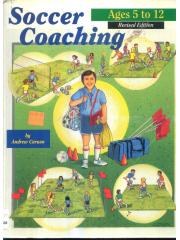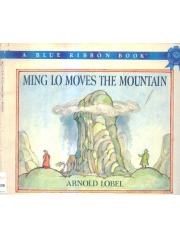

具体描述
Have you ever spent a bright summer s morning watching butterflies with a friend? Many
people have developed a keen interest in nature by observing the live irsects. Why not
construct a wire cage which allows plenty of ventilation, and capture a caterpillar:or two? Be sure
to determine what your new captive feeds on, and have an ample supply available. Most moth and
butterfly larvae (the wormlike insect which hatches from the egg) have finickY appetites and will
reject anything that they aren t adapted to eat. So you can t get by on lettuce and grass. If you re
lucky, your caterpillar will thrive and form a chrysalis, if it s a butterfly, or a cocoon, if it s a moth.
Finally, a beautiful adult will emerge. Some species are temperature-sensitive, and must be left
outdoors in order to go through the necessary cycles; so do your homework, and determine what
your larvae needs to fulfill its lifecycle. When the adult has emerged, let it go back to nature.
Here is an array of North American butterflies you might encounter. The comma angle wing
(Polygonia comma), left, is one of a group named for the sharply angled wing edges. The
undersides of the wings are camouflaged, resembling dead leaves, but the tops are brightly
colored, with a background of orange, blending into black margins which contain a line of small
white spots. The 4.5 to 5 cm. (about two inches) adult male has an aggressive attitude toward
other males, and will vigorously defend his territory. Common in the moist woodland areas east of
the Rocky Mountains, the adult form hibernates, and in spring lays chains of pale green eggs
suspended from the undersides of leaves. The larvae are dark brown with white spines, and
feed--often destructively--on hops, nettles, and elm.
The buckeye (]unonia coenia), top right, is gaudily colored, and can be found from southern
Canada to Colombia. Its background is light brown, with eight blue-centered, orange-rimmed
eyespots. The hindwing margins are yellow, with bright orange inner margins, and large irregular
yellow spots surrounding the forewing eyespots. Two diagonal orange spots flank either side of
the head. The larvae live on plantain, snapdragon, and monkey flower.
Some of the first butterflies to appear in the spring are the pink-edged sulfurs (Colias
interior), middle right. It has bright yellow wings, delicately edged in pink, with pink-edged silver
spots on the undersides of the wings. The butter-yellow hue of a European sulfur species may
have given rise to the name "butterfly," although another theory holds that "butterfly" is a
reversal of "flutter by". Primarily a northern species, the green larvae feed on several types of
blueberries. Another sulfur, the southern dog-face (Colias cesonia), bottom right, is strikingly
marked in a vivfd yellow and black, with two tiny ochre spots on each hindwing. The markings on
the forewings form a sort of dog-face in profile. The larvae feed on clover and other legumes, and
hibernate as pupae.
The lovely mourning cloak (Nymphalis antiopa), bottom, is one of the "tortoise shell
butterflies" resembling the angle wings. Deep purplish brown with yellow margins, it has blue
dots within the dark inner wing margins, and yellow spots along the leading edges of the
forewings. The large adults (7 to 8.25 cm. ) hibernate and make .their appearance in early spring
throughout their extensive northern hemispheric range. The da~eggs are laid on elm, willow, or
poplar trees, and the spiny larvae have bright red dots along the back.
作者简介
目录信息
读后感
评分
评分
评分
评分
用户评价
相关图书
本站所有内容均为互联网搜索引擎提供的公开搜索信息,本站不存储任何数据与内容,任何内容与数据均与本站无关,如有需要请联系相关搜索引擎包括但不限于百度,google,bing,sogou 等
© 2026 book.wenda123.org All Rights Reserved. 图书目录大全 版权所有




















